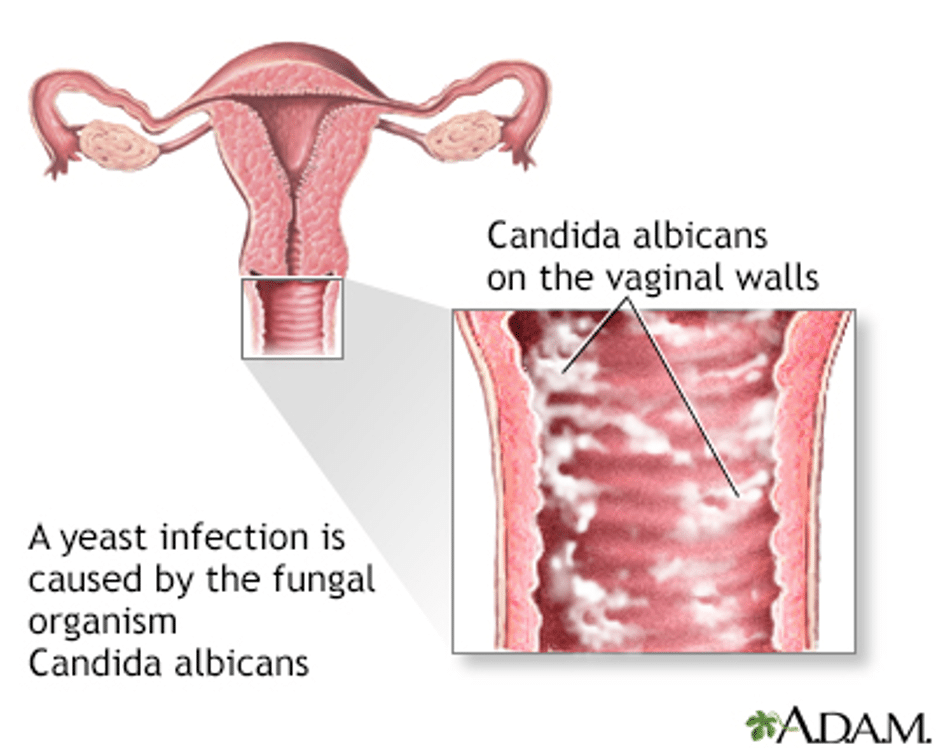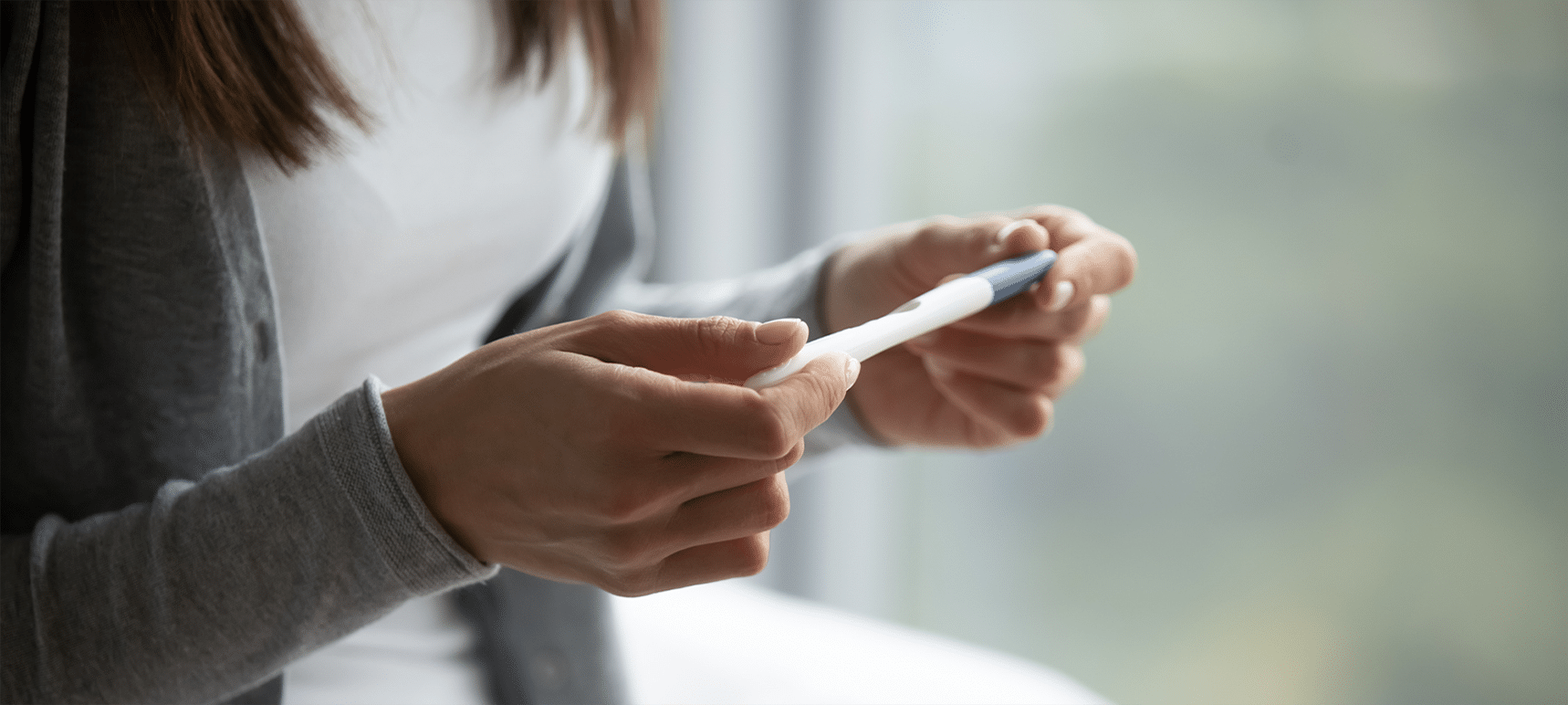
How to Treat & Prevent Yeast Infections
You’ve likely heard of yeast infections even if you’ve never had one. And if you have had one, you are probably aware of the itching and discomfort they can cause.
But how much do you actually know about yeast infections and how to prevent them? At Diana Health, we believe in empowering you with knowledge and information. Keep reading to learn more about yeast infections, what to do if you think you may be struggling with an infection now, and what you can do to prevent yeast infections in the future.
Can only females get yeast infections?
Anyone can get a yeast infection. However, when your Certified Nurse Midwife (CNM) or gynecologist talks about yeast infections, they typically talk about female genital yeast infections. Yeast infections can happen in men and women and in other areas of the body besides the genital area. Yeast infections in women typically involve the vagina and may also involve the vulva (the area surrounding the opening to the vagina).
What is a yeast infection?
A vulvovaginal yeast infection (yeast infection involving the vulva and vagina) is an infection with one or more types of yeast. They are also sometimes called yeast vaginitis, vulvovaginal candidiasis, or vaginal candida infection. Although it is normal to have some yeast that live on the body, a yeast infection happens when there is an overgrowth of the yeast, which typically leads to symptoms. Anytime the healthy bacteria in the vagina that usually protect against yeast overgrowth are out of balance, the risk for a yeast infection increases. Bacterial imbalance may occur due to reasons such as uncontrolled diabetes, antibiotic use, immune suppression, and douching.
What are the signs of a yeast infection?
Women with yeast infections typically experience:
- Itching (pruritis) in their vagina and/or labia, which can extend down toward the anus
- Some pain or discomfort in that area due to tissue irritation
- A change in vaginal discharge, where it becomes whiter and thicker and sometimes clumpy.
What should I do if I think that I have a yeast infection?
At Diana Health, we are here to help you when you’re experiencing yeast infection symptoms. Although some yeast infections can be treated with over-the-counter remedies at a pharmacy, if you use one of these medications and don’t experience rapid relief, please contact us or your healthcare provider. You are also welcome to book a visit with us, and we can do an exam to see if it is indeed a yeast infection, as sometimes yeast infections are easily confused with other vaginal infections such as bacterial vaginosis or sexually transmitted infections.
What is the exam like if I think I have a yeast infection and see my healthcare provider?
Your healthcare provider will likely talk to you first about your symptoms and then do an examination. They will have you put your feet in stirrups and will examine the area around the opening of the vagina to the outside of your body. Then, they will gently place a speculum inside of the vagina and open it up so that they can see the inside of the vagina as well as the cervix. Some of the vaginal discharge is often collected to be tested to confirm the diagnosis.
How do you know if the discharge is yeast?
The vaginal discharge can be tested in several ways. First, your provider may test the pH of the vaginal discharge and/or look at it under a microscope. They may also send some of the discharge to a lab for culture if they need more information to confirm a diagnosis. This is especially common for women with recurrent yeast infections despite treatment.
How are yeast infections treated?
Vulvovaginal yeast infections can be treated with cream or medication inside the vagina or with an oral antifungal prescription medication that kills candida.
How can I decrease the chances of getting yeast infections in the future?
Keeping your vagina and body as healthy as possible can decrease your chances of getting a yeast infection, but it still doesn’t completely prevent the possibility. It is not your “fault” if you have a yeast infection, so do not blame yourself. By keeping your diabetes under control (if you have diabetes) and by engaging in healthy lifestyle behaviors that support your immune system, you will decrease the risk of getting these infections. Also, do not douche (use products or water to clean the inside of the vagina). Douching kills the good bacteria inside the vagina and can allow harmful bacteria and/or yeast to overgrow. Your vagina does not need to be “cleaned” as it takes care of cleaning itself through normal vaginal discharge and secretions.
What if my yeast infection comes back, or I still have questions?
Contact us at Diana Health, as we are here to help and support you. Having an infection can be an uncomfortable and sometimes frightening experience, but you do not need to worry or feel alarmed. We are here to provide evidence and partner with you to give you the care you need and deserve. Book a visit with us if you’d like to talk with one of our providers.

Share This Post
























